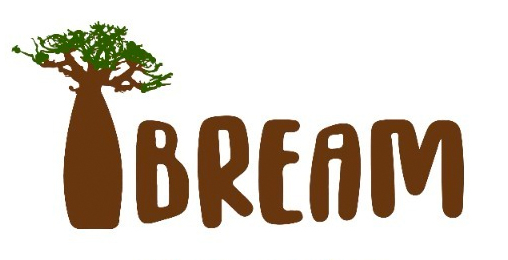
Rhino poaching in South Africa is increasing dramatically. The newly emerged belief amongst the people in several Asian countries that rhino horn can cure cancer has resulted in another mass increase in demand. Unfortunately it is these innocent creatures and their owners and caretakers in South Africa that suffer the consequences, while poachers keep scanning for new farms and reserves to collect their treasure and receive their blood money.
Even for me, as one of the IBREAM students studying rhinos, poaching has become so much more real than at the onset of the project. Unfortunately, I now also know what it means to lose an animal that you know and love, to such a useless cruelty. An animal that has sometimes walked on somebody’s property for over twenty years, an animal that trusts you completely in keeping it safe and alive. You feel powerless.
It is a war. And we can only hope that governments worldwide will soon step up and take responsibility. And maybe one day the rhinoceros species can live in dignity on the earth again. In the meantime all we can do is try to protect the rhinos as good as we can, focus on the education of people worldwide (many people In Asia do not even know that rhinos are being killed in the process of obtaining rhino horn), and join hands in our fight for the survival of the rhino.

In this IBREAM rhino project we are focusing on the reproductive system and hormonal cycle patterns in wild female white rhinos, with the goal to help understand and improve the unexplained low breeding rates seen in white rhinos in captivity. After one and a half year, the period of collecting fresh dung samples of our wild white rhinos and the analysis of these samples in the lab in Onderstepoort, University of Pretoria, has been completed. It has been an exceptional period for me, feeling privileged each day I went out to search for my rhinos. Apart from collecting valuable new data from wild rhinos, which was a big drive for me to get up in the morning, this opportunity also gave me a chance to spend many hours in the field alone with several groups of white rhinos. Often, in order to wait for my desired dung sample to be dropped by a particular rhino, I would sit still for many hours in a row spending my time observing, making notes and simply absorbing the natural behaviour of this rare and secretive animal while the animal comfortably does its own thing in its natural environment.
A paper describing our first results has been published. Currently I am analysing the data results of a second batch of fecal samples in which we measured progesterone levels using an enzyme immuno assay at the University of Pretoria. A first paper describing hormonal patterns found in these wild individuals has been published in 2013. The full report (7 Mb) can be downloaded by clicking here.

In collaboration with the South-East Zoo Alliance for Reproduction and Conservation (SEZARC) in Florida, we have also initiated a study to look at improved estrus induction methods in captive white rhino females. I visited SEZARC, based in White Oak Conservation Center, and from there we visited several zoos that were excited to collaborate with their females. It was a succesful trip and a promising step towards the development of a safe, affordable and reliable technique to induce estrus in the white rhino. Estrus induction would be a powerful tool that can subsequently play a role in the use of advanced reproductive technologies, such as artificial insemination (AI) in the white rhino.
